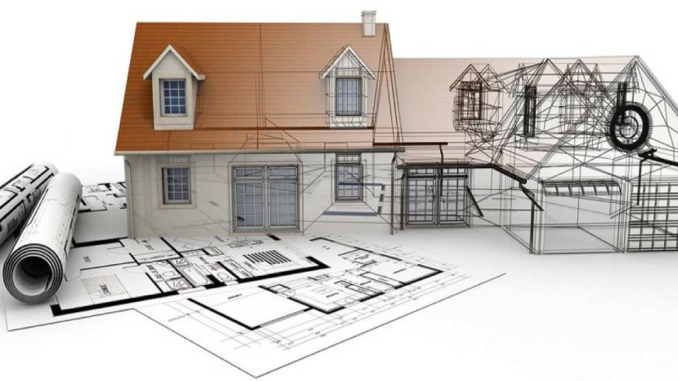
2D drafting is a computer-aided design (CAD) technology used to create detailed two-dimensional drawings. It is often the go-to method for editing technical pictures due to its versatility and precision. From the initial concept of a product or component, 2D drafting can help bring even the most complex designs to life with exacting accuracy. This blog post explores why 2D drafting has become the preferred choice for editing technical drawings.
What are the Benefits of 2D Drafting?
2D drafting provides countless advantages to those looking to create detailed plans and drawings. From increased accuracy to cost efficiency, these services are the perfect way to ensure that projects are completed on time and within budget.
Increased Accuracy
One of the primary benefits of 2D drafting is the ability to produce highly accurate and detailed plans. This is because all measurements can be taken directly from the drawing itself, eliminating human error. This allows for greater precision when constructing any project, ensuring that it meets all requirements and specifications.
Cost Efficiency
2D drafting services save time and money compared to traditional methods such as manual drawing or 3D modelling (which require additional software).
Greater Control Over Layout and Design
Getting exact measurements and replicating intricate details with traditional building plans can be challenging. However, these services eliminate these concerns mainly as every detail can be captured in a drawing with exact measurements for each element.
Streamlined Collaborative Processes
Another significant benefit of this drafting service is its ability to streamline collaborative processes between different parties involved in a project. It creates detailed drawings which are accessible to everyone involved in the project – from architects and engineers to subcontractors. It becomes much easier for teams to stay organized and communicate effectively throughout the entire process.
These are just a few advantages of using 2D drafting assistance over traditional methods such as manual drawing or 3D modelling software.
Instances of Technical Drawings that Would Benefit from 2D Drafting
2D drafting is an essential part of many engineering and manufacturing processes. It allows for precise design and optimization of parts and components. From automotive parts to construction plans, electrical schematics, circuit boards, and HVAC/plumbing diagrams, the technical drawings created by 2D drafting are used in various industries.
Automotive Parts Manufacturing
The auto industry relies heavily on precision designs to create parts that fit together perfectly. 2D drafting ensures accuracy and faster production times. CAD software can quickly design complex shapes. Additionally, CAD conversion services can be used to convert 3D models into 2D drawings for use in manufacturing.
Construction Plans
All components must be aligned correctly in construction projects, so the final structure is safe and aesthetically pleasing. Many contractors use 2D drafts to ensure this accuracy when creating plans for buildings or other systems. This type of drafting also allows for more detailed drawings. This includes measurements, elevations, and details about specific materials or finishes needed for the project.
Electrical Schematics
The design of electrical wiring systems requires precision to ensure everything works properly without any hazards. Unfortunately, creating these diagrams involves intricate connections between components. This can be challenging to represent in a two-dimensional format. Therefore, many engineers prefer using CAD software and converting them into 2D drafts with CAD conversion when needed.
Circuit Boards
The design of circuit boards requires a great deal of precision. Even small mistakes could lead to costly errors later during assembly or operation. Many engineers turn to 2D drafts when designing circuits. They accurately represent all components involved in the project. There is no worry about the complexity associated with 3D models or manually drawing out each connection point by hand.
HVAC/Plumbing Diagrams
HVAC systems involve complicated components that must all fit together correctly to function properly. In contrast, plumbing systems require exact measurements, so pipes and fixtures do not leak or cause other issues down the line. In both cases, many engineers rely on detailed 2D drafts. This helps them visualize how everything should fit together before beginning work on any physical installation process. It saves time and money in the long run by avoiding costly mistakes or errors during the installation or operation phase.
Additionally, CAD conversions make it easy for anyone involved with designing HVAC/plumbing systems to quickly generate accurate blueprints before any project site’s fabrication or implementation. It goes a long way in ensuring everything fits ideally before getting started!
The Conclusion
In conclusion, 2D drafting is the preferred choice for editing technical drawings due to its ease of use, cost efficiency, and accuracy. It is an effective tool for creating detailed and precise drawings that can be used in various industries. It allows users to quickly modify existing drawings without sacrificing quality or accuracy. Therefore, 2D drafting is ideal for creating or modifying technical drawings.

Leave a Reply
You must be logged in to post a comment.